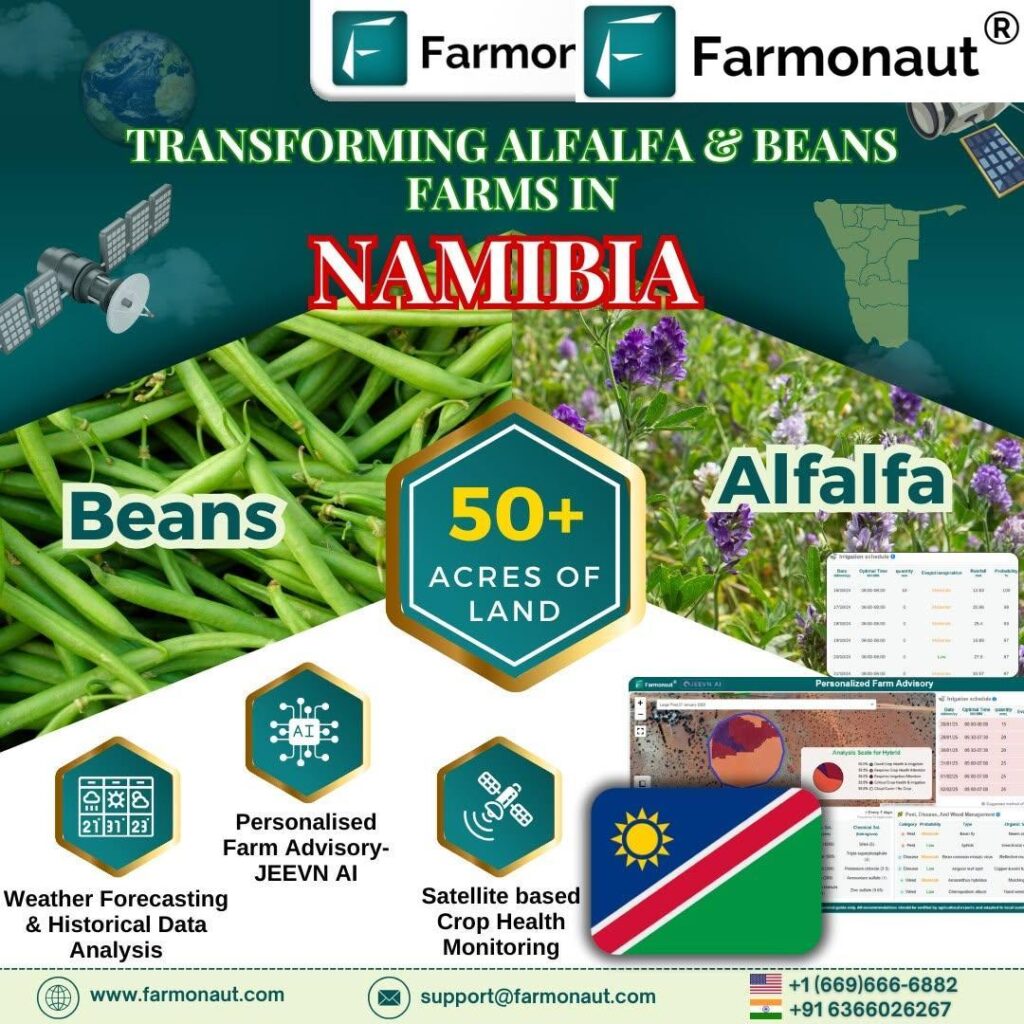Revolutionizing Industries: Ammonia Market Surges to $91.95 Billion by 2029
In a groundbreaking development, the global ammonia market is poised for significant growth, with projections indicating a surge from USD 79.47 billion in 2024 to an impressive USD 91.95 billion by 2029. This remarkable expansion, at a Compound Annual Growth Rate (CAGR) of 3.0%, underscores the pivotal role of ammonia in various industries and highlights the evolving landscape of chemical manufacturing and agricultural practices.

Driving Forces Behind Ammonia Market Growth
The ammonia market growth forecast is fueled by several key factors:
- Increasing demand from diverse end-user segments, particularly in agriculture
- Rising application in the textile industry due to population growth and fashion trends
- Growing interest in low-carbon solutions driving innovation in the ammonia industry
- Expansion of industrial ammonia applications across various sectors
The Haber-Bosch process has played a crucial role in diversifying ammonia applications, contributing to its widespread use across industries. As one of the most utilized chemicals globally, ammonia’s versatility continues to drive market expansion.
Anhydrous Ammonia: Leading the Market Growth
The ammonia market is primarily segmented into two types: anhydrous and aqueous. Anhydrous ammonia demand is projected to grow at a faster rate during the forecast period, owing to its cost-effectiveness and direct application to soil. Farmers, especially those managing large-scale agricultural enterprises, prefer anhydrous ammonia for its efficiency.
Key factors driving the demand for anhydrous ammonia include:
- Increased focus on efficient farming methods
- Growing global food demand
- Rising interest in industrial applications
- Potential use as a clean energy fuel
The anhydrous ammonia agriculture applications are particularly noteworthy, as farmers seek to optimize crop yields and meet the challenges of feeding a growing global population.
Direct Sales Channel Gains Momentum
In terms of sales channels, the ammonia market is divided into direct and indirect segments. Large-scale customers, including industrial buyers and farmers, are increasingly favoring direct sales to ensure a steady supply of ammonia at competitive rates. This trend is driven by several factors:
- Enhanced operational efficiency
- Improved product customization
- Higher quality assurance
- Prompt delivery and logistics management
As the market evolves, direct sales are expected to play a more significant role in shaping the ammonia market growth trajectory.

Agriculture: The Dominant End-Use Industry
Among the various end-use industries, agriculture is expected to dominate the ammonia market during the forecast period. This dominance is attributed to several factors:
- Increasing global population driving demand for efficient farming methods
- Rising need for fertilizers like urea and ammonium nitrate
- Government support for boosting agricultural output
- Growing adoption of advanced farming practices
The agricultural fertilizer market plays a crucial role in this sector, with ammonia serving as a key component in fertilizer production. Farmers and agricultural businesses are increasingly turning to ammonia-based fertilizers to improve crop yields and meet the growing food demand.
Asia Pacific: The Epicenter of Ammonia Market Growth
Geographically, the Asia Pacific ammonia industry is poised to lead the global market. The region accounted for the largest share of the ammonia market in 2023, and this trend is expected to continue. Several factors contribute to the Asia Pacific ammonia industry expansion:
- Rapid population growth in countries like China and India driving agricultural demand
- Investments in renewable energy sources
- Expanding chemical manufacturing sector
- Overall industrial growth in the region
- Availability of raw materials and lower manufacturing costs
The combination of these factors makes Asia Pacific a hotbed for ammonia production and consumption, driving the global market forward.
Emerging Trends: Low-Carbon and Green Ammonia
As the world moves towards more sustainable practices, the ammonia industry is not far behind. Low-carbon ammonia production trends are gaining traction, with manufacturers exploring innovative ways to reduce the carbon footprint of ammonia production. This shift is driven by:
- Increasing environmental awareness
- Stringent regulations on carbon emissions
- Growing demand for sustainable agricultural practices
Green ammonia technology advancements are at the forefront of this transformation. Researchers and industry players are investing in developing new production methods that utilize renewable energy sources, such as wind and solar power, to produce ammonia with minimal carbon emissions.
Industrial Ammonia: Beyond Agriculture
While agriculture remains the primary driver of ammonia demand, industrial ammonia uses and growth are becoming increasingly significant. Some key industrial applications include:
- Ammonia in textile manufacturing: Used in dyeing processes and fabric treatment
- Refrigeration: Ammonia serves as an efficient refrigerant in industrial cooling systems
- Mining: Used in extraction processes and as a neutralizing agent
- Pharmaceuticals: A crucial component in the production of various medications
These diverse applications highlight the versatility of ammonia and its importance across multiple sectors of the economy.
Global Fertilizer Demand: A Key Market Driver
Global fertilizer demand trends play a crucial role in shaping the ammonia market. As the world population continues to grow, the need for efficient food production becomes increasingly urgent. Ammonia-based fertilizers are essential in meeting this demand, with several factors influencing the market:
- Increasing adoption of precision agriculture techniques
- Growing awareness of soil health and nutrient management
- Government initiatives to boost agricultural productivity
- Rising demand for organic and sustainable farming practices
The ammonia fertilizer market demand is expected to remain strong, driven by these global trends and the ongoing need for food security.
Conclusion: A Bright Future for the Ammonia Market
As we look towards 2029, the ammonia market is set for remarkable growth and transformation. From its traditional role in agriculture to emerging applications in green energy and industrial processes, ammonia continues to prove its importance in the global economy.
The projected growth to USD 91.95 billion by 2029 reflects not only the increasing demand for ammonia-based products but also the industry’s ability to innovate and adapt to changing market dynamics. As sustainability becomes a key focus, the development of low-carbon and green ammonia technologies will likely play a crucial role in shaping the future of this vital chemical industry.
For those interested in staying updated on agricultural technology and market trends, consider exploring the solutions offered by Farmonaut:
For developers interested in integrating agricultural data into their applications, check out the Farmonaut API and the comprehensive API Developer Documentation.
As the ammonia market continues to evolve, staying informed and leveraging cutting-edge technologies will be key to capitalizing on the opportunities presented by this dynamic and essential industry.
















